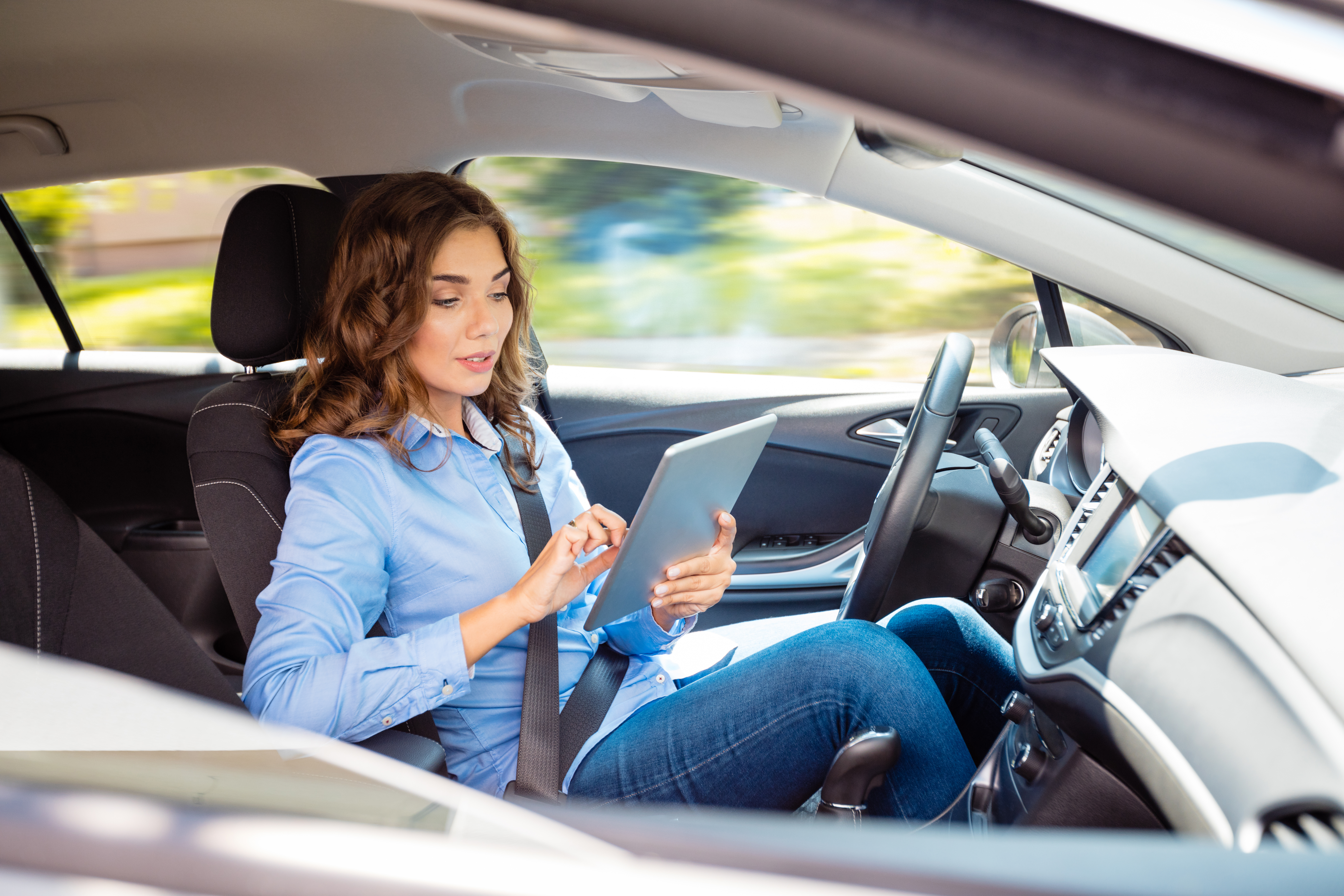The future of autonomous driving requires support for driver
The RAC Foundation warn today that, in the future of driverless cars, people will need support if they are to be well prepared to take control should the vehicle they are travelling in unexpectedly seeks to hand back the wheel.
Research by the Human Factors Research Group at the University of Nottingham for the RAC Foundation suggests that vehicles with level 3 autonomy – those that can drive themselves but only in certain circumstances – offer real value to people, but might also pose significant challenges for their drivers.
The study involved 49 people of varying ages using a high-fidelity driving simulator on a simulated ‘commute-style’ journey for five days in a row. It sought to explore how drivers might choose to spend their time having selected the ‘automated driving’ option for a twenty-minute dual carriageway section of the journey.
The study found that drivers were generally very positive about their experiences in these future vehicles and welcomed the opportunity to engage with a variety of devices during periods of automation. Indeed, 80% of participants commonly used their smart phones when the car was driving itself, with 25% of people reading books or newspapers at least once during the week, and others working on laptop computers.
The study also considered how drivers coped with handover situations – where the vehicle either routinely gave back control (e.g. before exiting the dual carriageway) or in an emergency situation (e.g. when severe weather conditions affected sensors).
In this respect, the results show that many participants were not very well prepared to take over control, demonstrating significant lateral movement (‘lane swerving’) when control was handed back to them, even after being provided with advanced warning associated with routine handovers. Approximately half of the drivers also had to look at the floor to check their feet were on the correct peddles when asked to retake control – and this was still the case at the end of the week. Such behaviour shows that drivers found it difficult to gauge the feel of the car controls when the vehicle was in motion, and suggests that situation awareness and driving performance will take time to recover after they have been “out of the loop” doing other things.
Interestingly, on day four, when drivers were presented with the emergency handover because of severe weather, they performed best in terms of keeping straight, perhaps because of the hyper-vigilance induced by the prospect of danger.
As the drivers became increasingly familiar with the autonomous function they appeared to increasingly trust it. On day one participants spent about 70% of the time the vehicle was in automation mode looking away from the road. By day five this had risen to 80%, even after confronted with an emergency situation on day four.
The preliminary study will contribute to helping researchers understand human behaviour related to autonomous vehicles which will aid development and ensure vehicle safety in the future.
Steve Gooding, director of the RAC Foundation, said:
“If conditionally automated vehicles are to be allowed onto the public road then their designers are going to have to apply their minds to the circumstances where drivers will be invited – or required – to retake control.
“The very real likelihood is that, at best those motorists will need plenty of warning to set down their papers or close their laptop and, at worst, still more time to wake from slumber. Re-taking control of a speeding car is a dangerous task, and the idea of the human driver being available to take over in an emergency looks to be fraught with difficulty.”
Professor Gary Burnett, Chair of Transport Human Factors at the University of Nottingham, said:
“This is the first study of its kind worldwide with drivers experiencing a level 3 automated vehicle for an extended period in a natural everyday situation – commuting to work. Our results show clearly that this technology is likely to be highly trusted and accepted by drivers. People clearly value the time that is freed up by automation in their cars allowing them to carry out a range of valued tasks, especially with their smartphones.
“Nevertheless, steering performance immediately following a handover could be poor. This indicates the importance of new forms of training to equip drivers with the additional skills needed in these vehicles. The results also highlight that any future automated vehicle that can be human-driven should incorporate appropriate technology to monitor how ready a driver is to resume control and assist them in this process.”
ENDS
Contacts:
Philip Gomm – Head of External Communications – RAC Foundation
020 7747 3445 | 07711 776448 | [email protected] | 020 7389 0601 (ISDN)
Notes to editors:
The RAC Foundation is a transport policy and research organisation that explores the economic, mobility, safety and environmental issues relating to roads and their users. The Foundation publishes independent and authoritative research with which it promotes informed debate and advocates policy in the interest of the responsible motorist.
The RAC Foundation is a registered charity, number 1002705.
All the Foundation’s work is available on its website:
www.racfoundation.org



